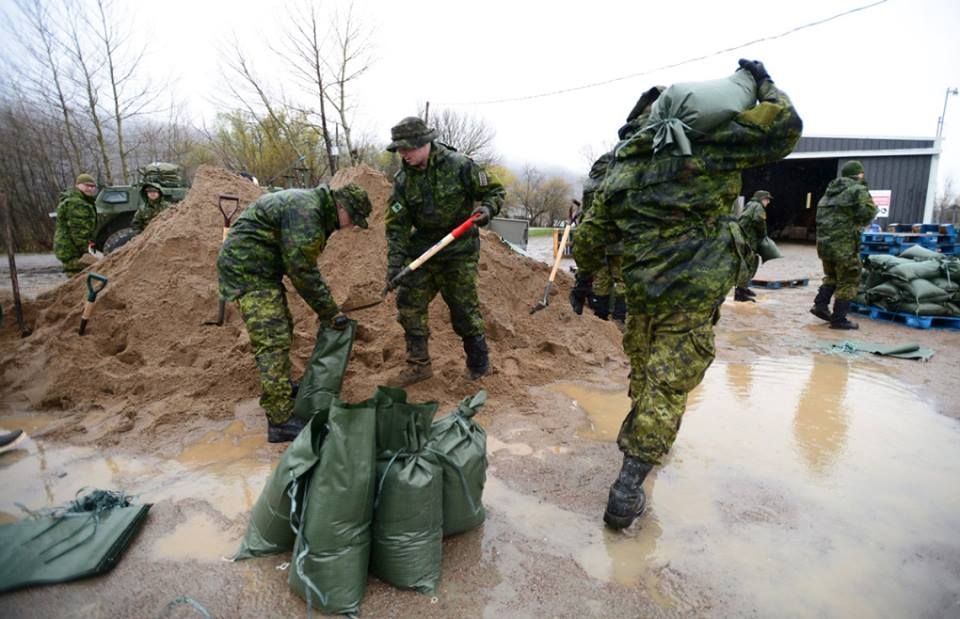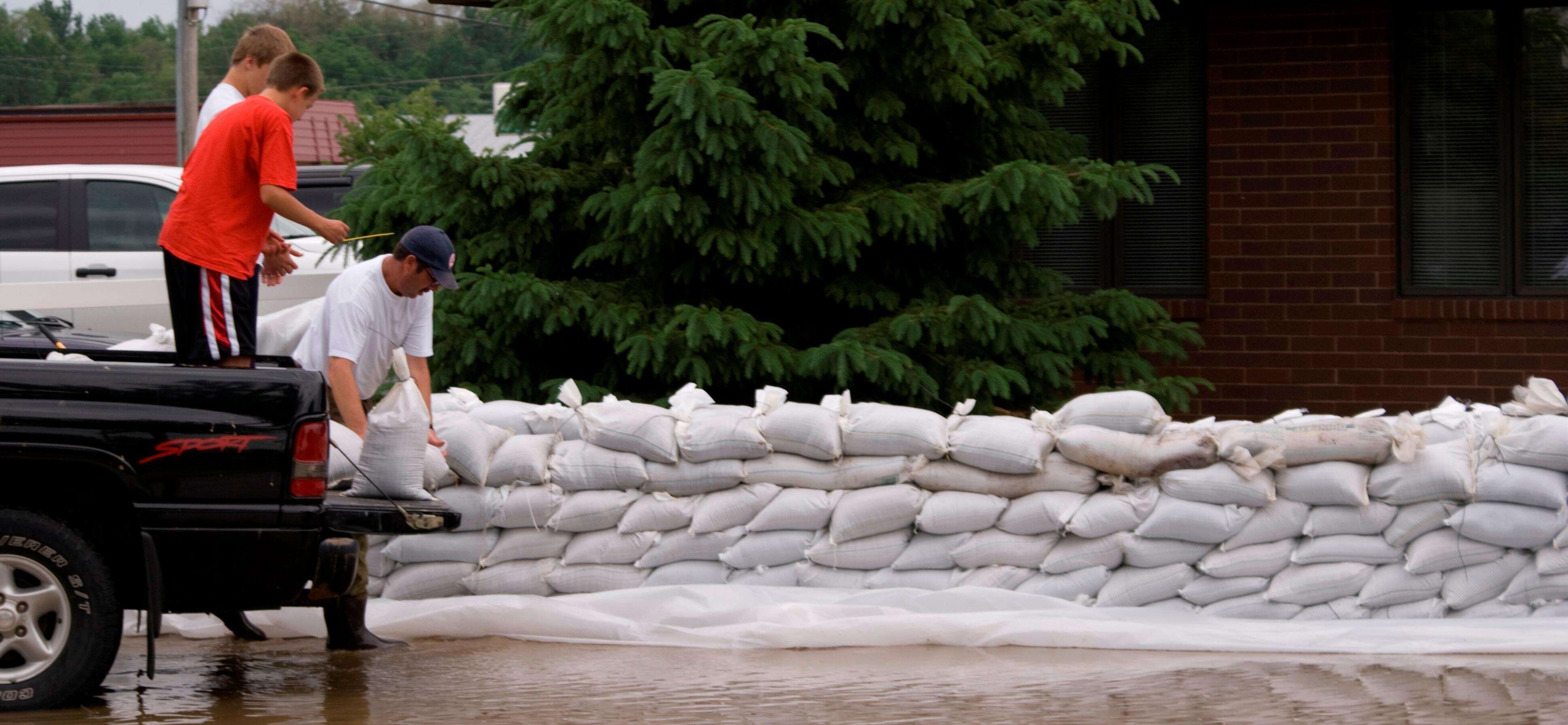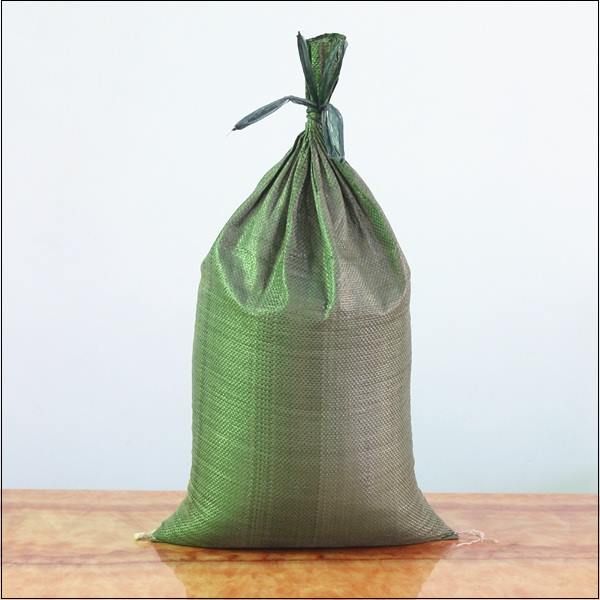Qingdao SG Global Packaging is proud to sell polypropylene sand bags wholesale because we know how valuable they are in protecting lives and property. Offering our woven polypropylene sand bags wholesale allows us to help get emergency flooding sandbags to the people who need them the most. However, it's not enough to just have sandbags — it's important to know how to use them to protect your family and your home.
Fill your sandbags about halfway with sand or soil. Fold over the top and rest your sandbags on the folded top when stacking. Do not build a uniform wall of sandbags all around your house. This “fortress” configuration can actually result in trapping water between your home and the sandbags, making the situation worse.
Instead, place the first row of sandbags tightly together in front of doors, low windows and anywhere else floodwaters may become a danger. Then place more bags on top of these bags asymmetrically, just as if you were laying bricks and making a brick wall. When the bags are a sufficient height, you can do a second layer behind the first, although you should do no more than that, unless you are backing the bags directly against the side of the building or you are stacking them up and down in a pyramid-like formation.
This arrangement should effectively divert the better part of any water or debris caused by torrential rains and flooding away from critical areas of your home. Once your sandbags have protected you from severe weather, you will need to dispose of them, as they may now be contaminated by sewage or bacteria from the water they have taken on. Be sure to wear protective gloves. You can take your bags to a recognized hazardous waste disposal center or clean the sand and use it to enrich the soil of your lawn or garden.
To protect vents, low windows and doors — including garage doors — you can cover them with baffle boards, ¾-inch sheets of plywood covered in felt or foam rubber. These boards go over entry points to your home and form a seal so water cannot get in. Once the danger has passed, you should remove the boards immediately, as they will interfere with the ventilation coming into your home.
By combining our quality polypropylene sandbags with properly placed baffle boards, you should be fully prepared for any flooding emergency.
 |  |
 |  |








